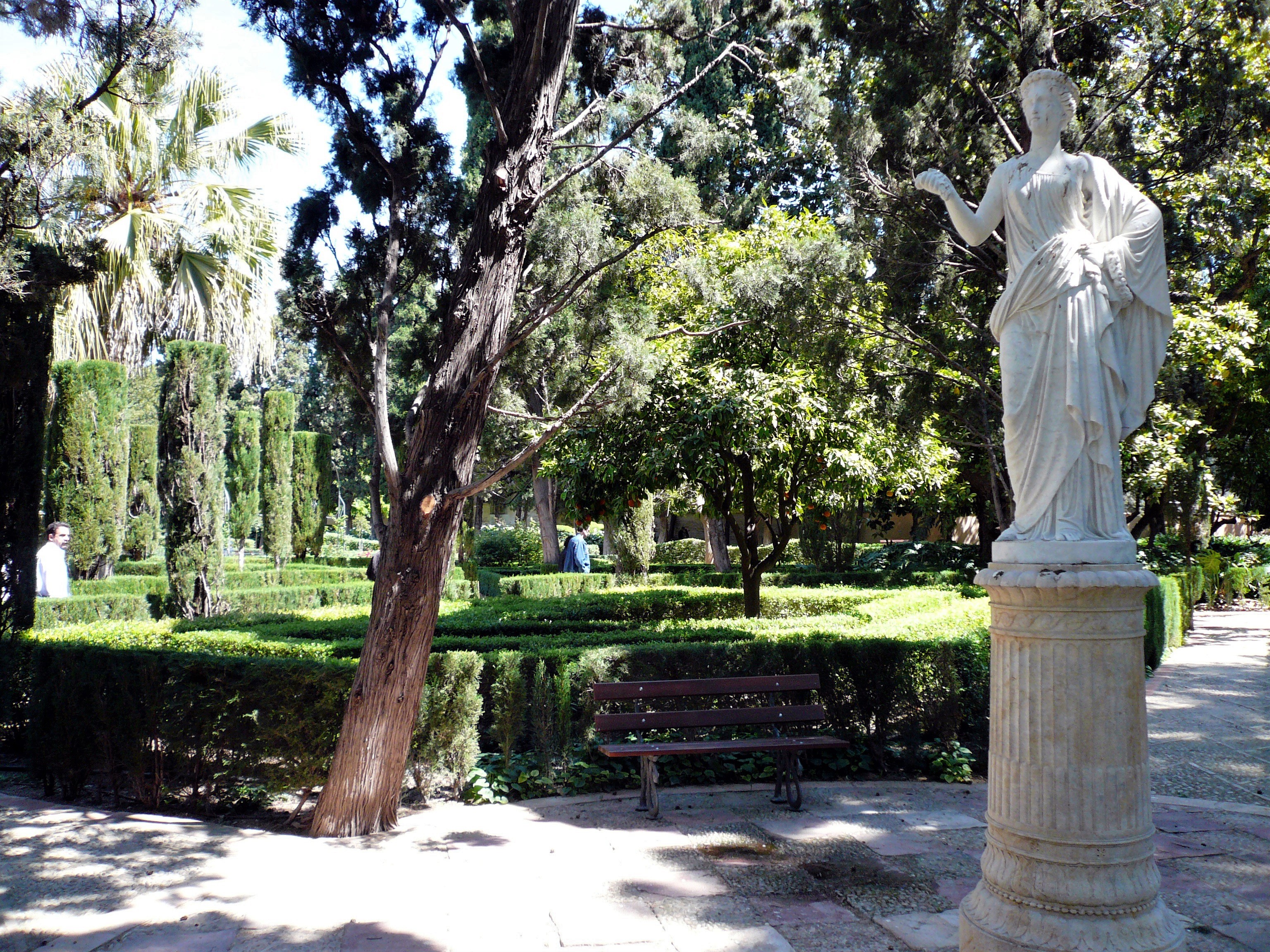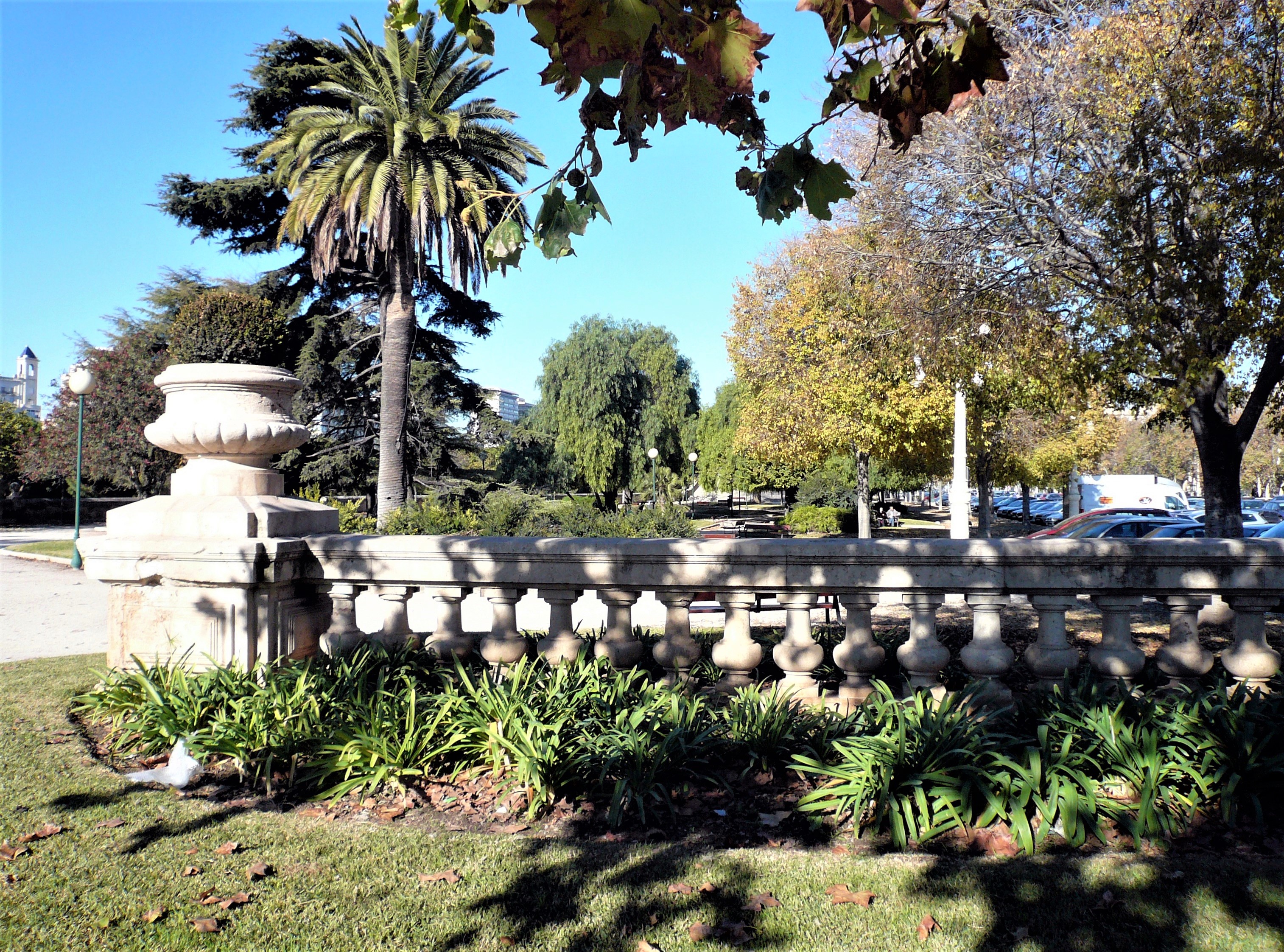The Jardines de Monforte have a triangular shape, about 12,000 m. square meters and are a perfect example of a romantic garden, with the occasional neoclassical touch.
The north portal faces the patio and is from the 13th century, in the Romanesque style. In the keystone of the arch we can see the coat of arms of the Order, which was a simple white cross on a red background. Over this door a pointed arch with an oculus in which appears the Maltese cross was built later, since this military and hospitable order was actually called Saint John of Jerusalem, Rhodes and Malta.
The City of Arts and Sciences sits on the old Turia riverbed, now converted into a garden when the river course deviates.
In 1655 the Royal Mail office was opened in this square, then called de Valencians. The "Casa de Postas" was located here for a time.
The Polifilo garden was inaugurated in the year 2000 and is 39,400 m2.
This garden pays homage to the book El Sueño de Polifilo, a Renaissance work by Francesco Colonna.
Zeit Abu Zeit (or Zaid) was Moorish king of Valencia, deposed by Zayyan in 1229. Later he converted to Christianity taking the name of Vicent Bellvís. His remains are buried in the current convent of La Puridad.
This street, next to Jaime I and Conquista, arose as a result of the demolition of the Puridad convent in 1836. It was the first urban intervention in the city to build houses for the middle bourgeoisie, with its own toilets and well; and no workshops on the ground floor. The project took place in the middle of the 19th century.
In this street is the French Institute, dedicated to promoting the French language and culture.
The square became pedestrian in 2022.
The most frequent trees in section VIII are privets, poplars, wool trees and maples.
In the area closest to the Exposition bridge there is a football field.
In total, the Turia Garden is about 9 km. long, but some sections are poorly maintained.
030b CARMEN NEIGHBORHOOD. Valencia City Council. Benlliure House Museum
- Carmen Neighborhood
- Hits: 579
José Benlliure y Gil died in this house in 1937, at the age of 82.
In the house there are not only works by the Benlliure family, there are also works by Sorolla, Muñoz Degraín and other artists of the time.
The main façade of the church of San Nicolás faces this square, which is L-shaped.
Apparently, the name of this street derives from the fact that small boats were made in it, which were later transported by carts to the sea. The street was near the old Pescadores neighborhood.
This street was also called Vall Cobert (Covered Moat) since the moat and the Muslim wall ran through here.
The Alameda is connected to the city center by five bridges: the Real bridge, the Exposition bridge, the Flores bridge, the Mar bridge and the Aragón bridge.
















